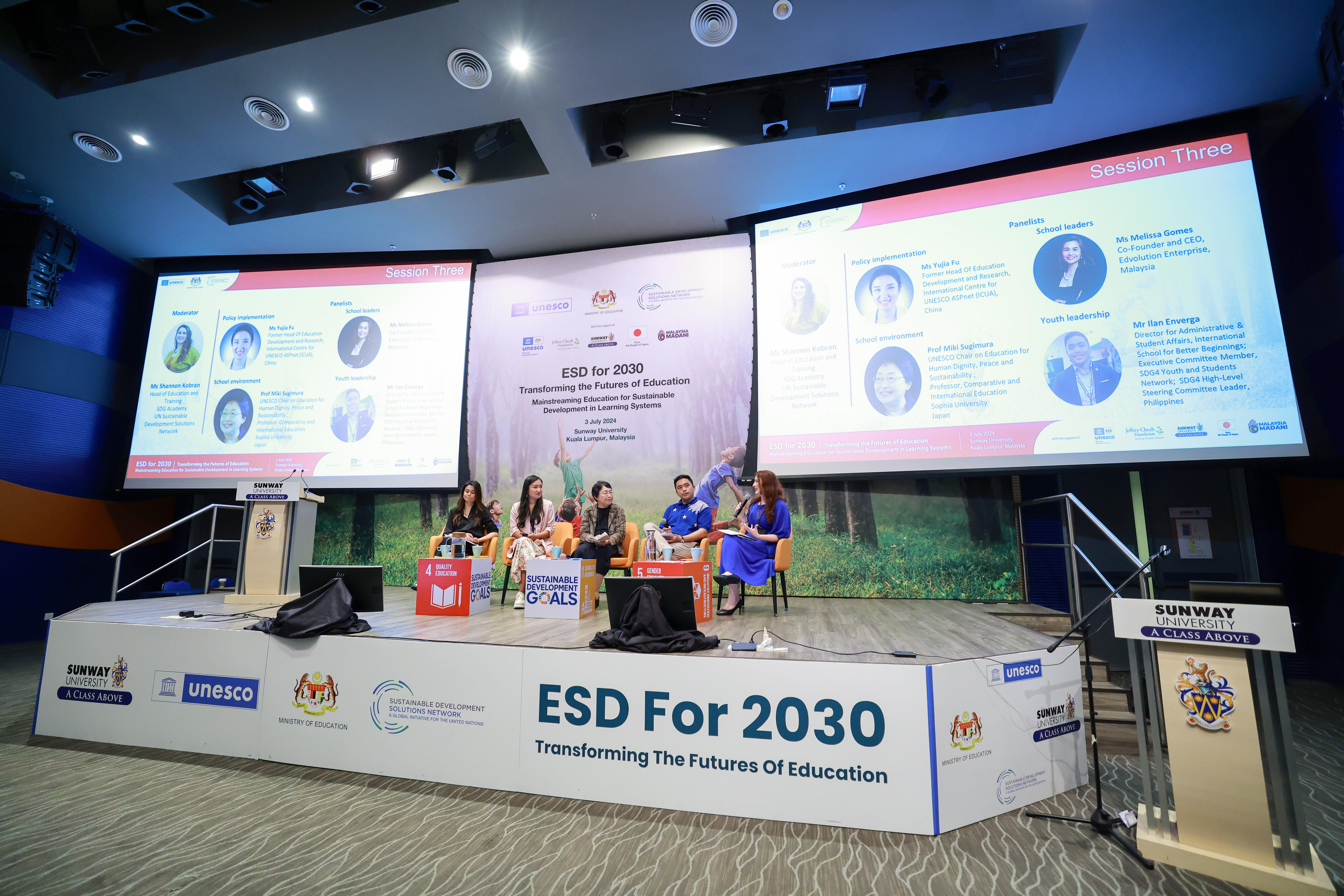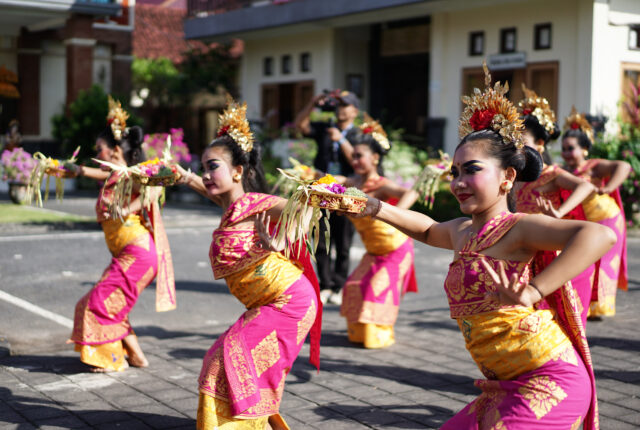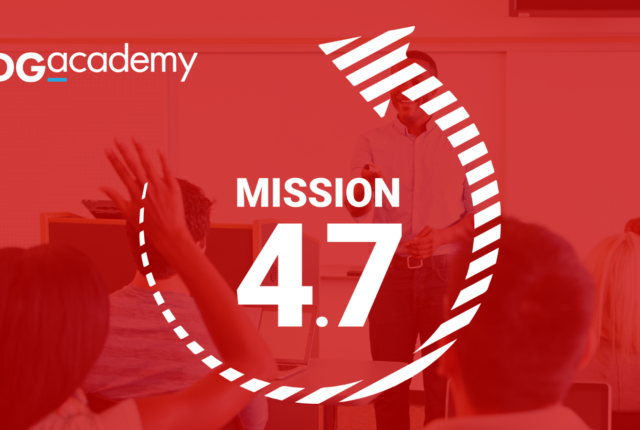Earlier this month, SDSN, in partnership with the UNESCO Bangkok and Jakarta regional offices and the Malaysian Ministry of Education, co-hosted the ESD For 2030 Regional Meeting on Transforming the Futures of Education at Sunway University in Kuala Lumpur. The Meeting, whose theme was “Mainstreaming Education for Sustainable Development in Learning Systems,” was part of a continuing conversation about education for sustainable development (ESD) in the Asia-Pacific region and around the world, extending from previous UNESCO ESD-Net meetings in Bali (Jul. 2023) and Tokyo (Dec. 2023). The KL Meeting brought together delegates from more than 20 countries in the Asia-Pacific region, and also engaged hundreds of local policymakers, academics, teachers, students, members of the public, and the media both in-person and online.
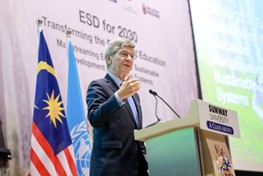
The Meeting featured engaging site visits to local Malaysian primary and secondary schools, as well as opening-day remarks from UNESCO and Ministry officials, both Malaysian and international. In a keynote speech, Professor Jeffrey Sachs, President of SDSN, extolled the importance of SDG Target 4.7 and the role of education in not only teaching technical knowledge and skills, but in cultivating the virtues society needs to build a peaceful, prosperous, and sustainable future. Referencing Aristotle and legendary Harvard naturalist E. O. Wilson, Prof. Sachs stressed, “Our technologies are so powerful, so good, that we can address every one of the challenges we face if we deploy our know-how with not only cognition but character.”
“Education for sustainable development is the key that unlocks all of the Sustainable Development Goals,” he concluded.
Inspiring words; but for those of us who work in and around ESD, they are hardly revolutionary. In a world confronting the compounding crises of climate change, inequality, and social unrest, education has become an increasingly potent tool for fostering resilience, empathy, and sustainability.
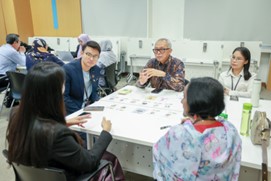
While big public events like the Meeting’s opening day can play an important role in elevating the place of ESD in national and global discourse, I think the most meaningful discussions came from listening to the real, tangible efforts of the 85 international delegates and invited speakers who shared their ESD projects, struggles, and solutions over three days of panel discussions, workshops, school visits, and coffee breaks.
For instance, I was fortunate to join a site visit SK Bukit Kemuning 2, a national primary school about 30 km outside Kuala Lumpur, whose SDG program integrates various aspects of sustainable development into its curriculum and extracurricular activities. Part of the Eco-Schools program, SK Bukit Kemuning 2 hosts an impressive garden, orchard, chicken coop, and even a fish farm—all of which supply products to both the school cafeteria and local community. From spirited demonstrations of silat martial arts and Malay traditional dance to guided tours of the school’s on-campus farm, the students of SK Bukit Kemuning 2 demonstrated phenomenal knowledge, dedication, and pride in presenting their sustainability initiatives to the visiting delegates.
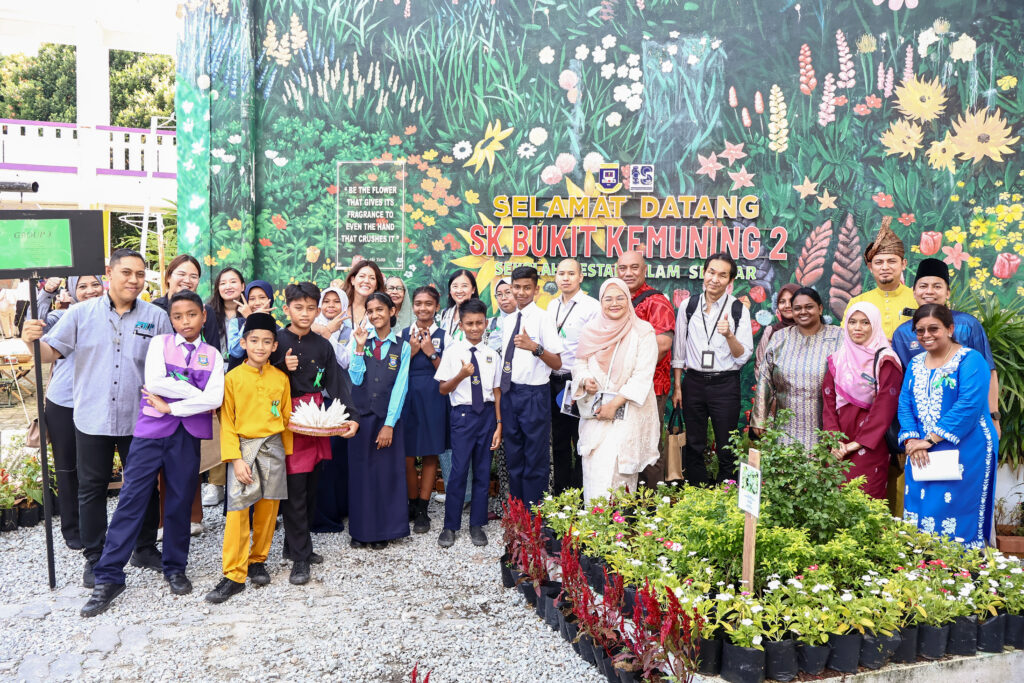
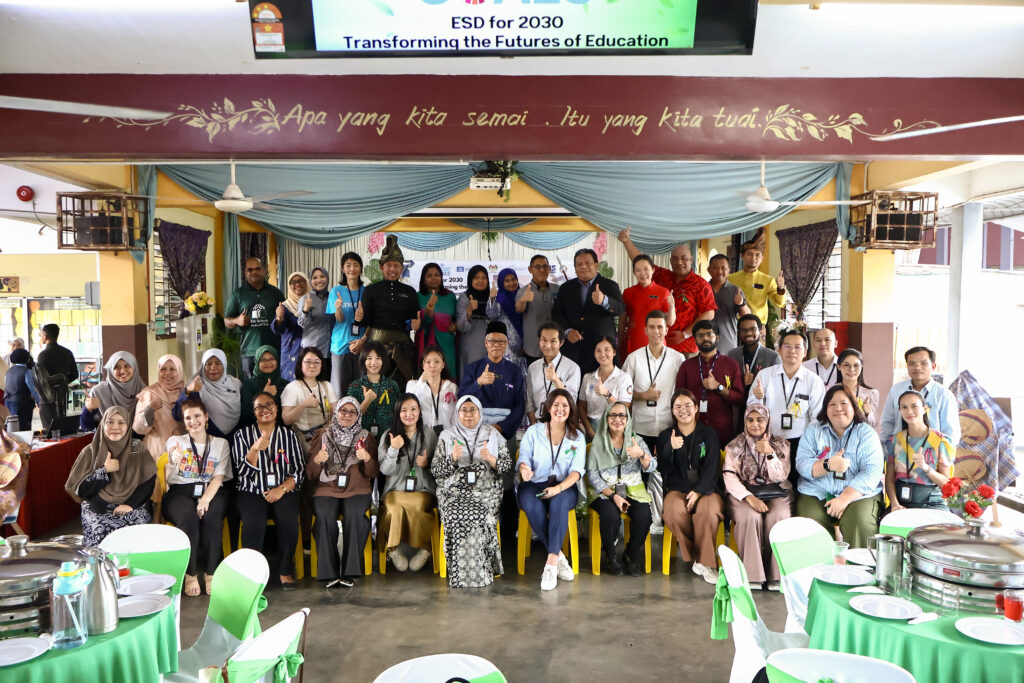
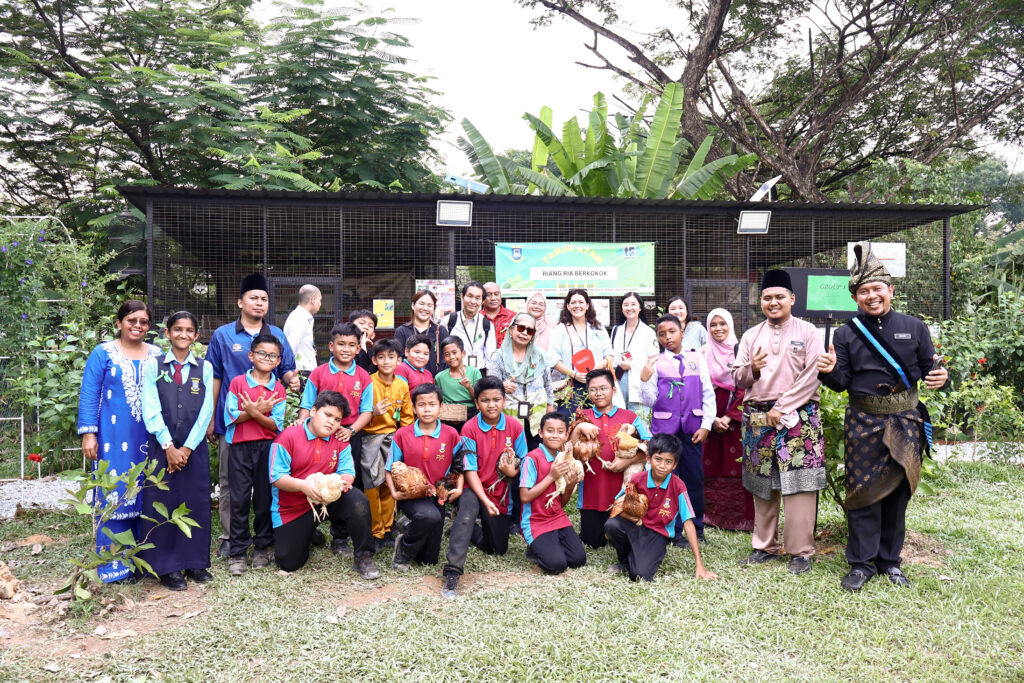
Back at the working sessions, practitioners from Singapore, Lao PDR, and SDSN’s own Mission 4.7 Malaysia project team shared examples of ESD teacher training programs. Representatives of Kartu Prakerja, Indonesia’s government-run professional upskilling initiative, ensured that professional and vocational training were not left out of the ESD conversation. And during lunch, delegates from Japan engaged in an informal but lively discussion about the Japanese practice of lesson study and its potential to support educator capacity building.
Throughout the three days, two major themes emerged: the crucial role of teachers in translating ESD ambitions into reality; and the need to think of ESD outside the confines of a traditional classroom.
On Day 2, I was fortunate to moderate a panel session on the “whole-of-school approach” with speakers from across the region representing the needs of policy, school leaders, infrastructure, teachers, and youth. It quickly became clear that a “whole-of-school approach” is really a “whole-of-society approach,” one with reciprocal influences both inside and outside the school environment. One insightful comment from Ms. Yujia Fu, former Head of Education Development and Research at the International Centre for UNESCO ASPnet (ICUA) in China, noted that, while students might be taught sustainable practices such as recycling at school, they don’t actually have the opportunity to implement these practices in the real world, which can be discouraging and demotivating. “Education can only be transformative when students find consistency between the world they experience and the world they want to build,” concluded Ms. Fu.
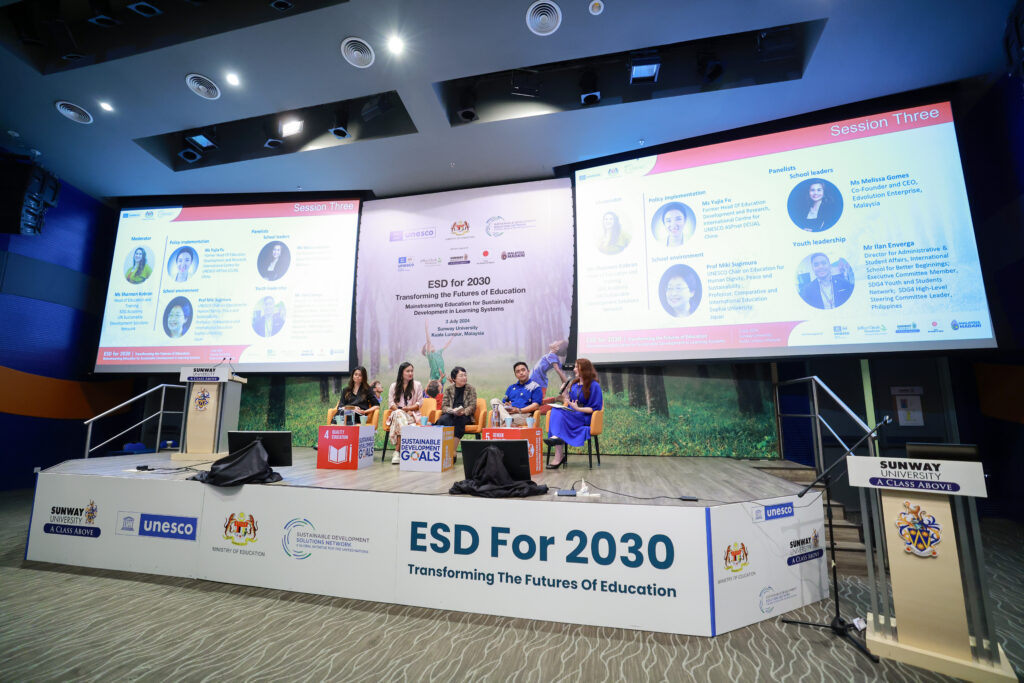
To me, this is the one of the most important lessons we can take away from any conversation about ESD, especially when we consider what UNESCO calls not just “life-long” but “life-wide” learning: in school and outside the classroom, from early childhood through tertiary education and continuous professional development, we are always learning. Therefore, ESD is not a practice that should be confined to the classroom or even to the confines of formal education; it must be a mindset incorporated into all aspects of life, where the knowledge, values, and skills of sustainable development can be continuously refined and reinforced. Only then will education for sustainable development truly meet its potential as “the key that unlocks all of the Sustainable Development Goals.”
Watch the Opening Day sessions below or on the SDSN YouTube page.
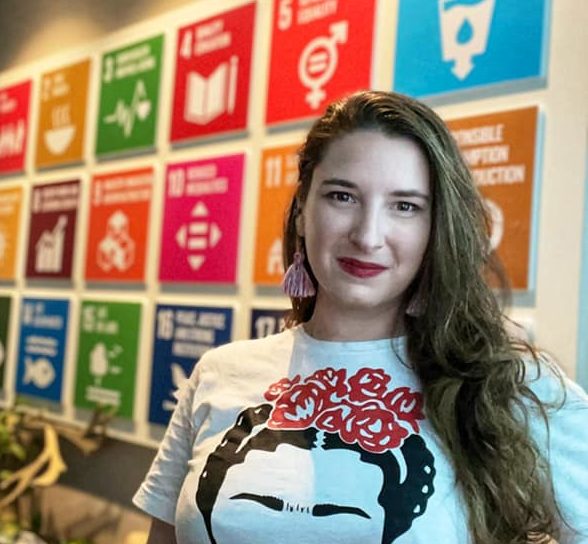
Shannon Kobran
Shannon is the Head of Education and Training at the SDG Academy.
